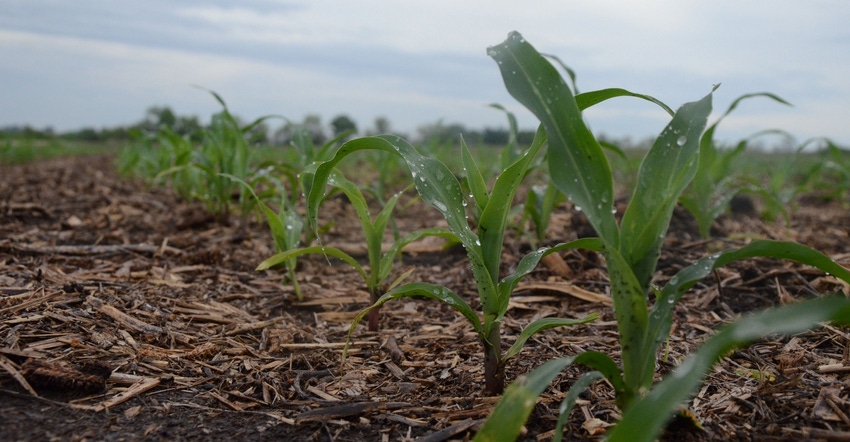March 29, 2021

The 2020 growing season had its challenges. However, nitrogen management was not one of the major ones. A relatively dry spring and dry early summer minimized N losses. Dry weather did limit corn grain yields in parts of Iowa, especially where corn followed corn. Dry weather persisted into fall and early winter — and many farmers were able to complete a fall anhydrous ammonia application.
However, recent spring seasons — especially 2018 and 2019 in northwest Iowa — created challenges for nitrogen applications and led to field losses of N. Even though dry soil conditions currently persist in northwest Iowa, it is not unreasonable to think that wet conditions might return this spring and early summer.
First of all, farmers need to check the Corn Nitrogen Rate Calculator to confirm N rates for 2021 corn production. The CRNC uses Iowa-based research data, current N prices and anticipated grain prices to determine profitable N rates for Iowa corn farmers.
Then, make plans to adjust that plan if excess rainfall occurs this spring or early summer. Research at Iowa State University has indicated a need for additional N if rainfall exceeds 16 inches from April 1 through June 30. Make plans to apply additional N if rainfall in early to mid-June appear to be approaching the 16-inch April-to-June rainfall total. Also, consider injection or incorporation of the in-season N application. Dry conditions sometimes follow wet conditions, making the in-season N application less effective.
Some additional considerations on N application this spring include ammonia application guidelines. Spring ammonia applications should be made at an angle to future corn rows to avoid ammonia injury. Inject the ammonia at a depth of 6 to 7 inches or more. Injury to corn from spring ammonia application does occur, and is more likely in ammonia applications in wet soils followed by dry conditions.
Many farm operations will use liquid N products this spring. It is recommended to incorporate the urea or UAN solutions within 24 to 48 hours of application to prevent volatilization losses from these products. Rainfall amounts of 0.25 to 0.50 inch within 24 hours of application will essentially eliminate volatilization losses.
Some farmers may be using poultry manure for a nitrogen source for the first time in 2021. Poultry manure is a good source of N and other nutrients for a corn crop. However, not all of the N that is indicated by manure analysis is plant-available. First-year nutrient availability for N in poultry manure is 50% to 60%. Poultry manure that is not soil-incorporated will have an additional 15% to 30% loss in N content.
These are some factors that may impact N management on your farming operation in 2021.
Kassel is an Iowa State University Extension field agronomist.
About the Author(s)
You May Also Like






